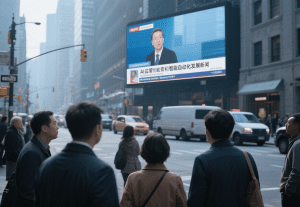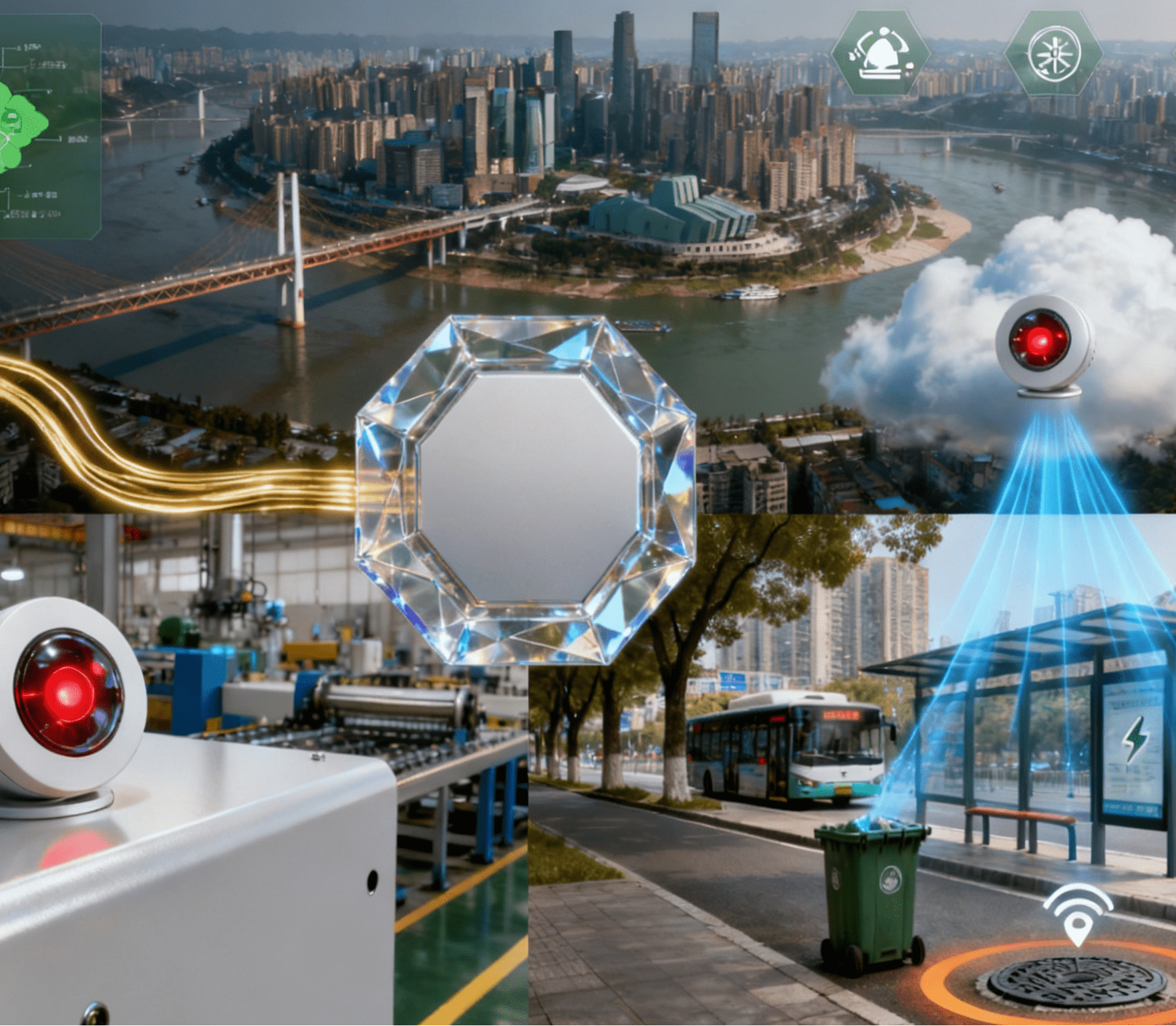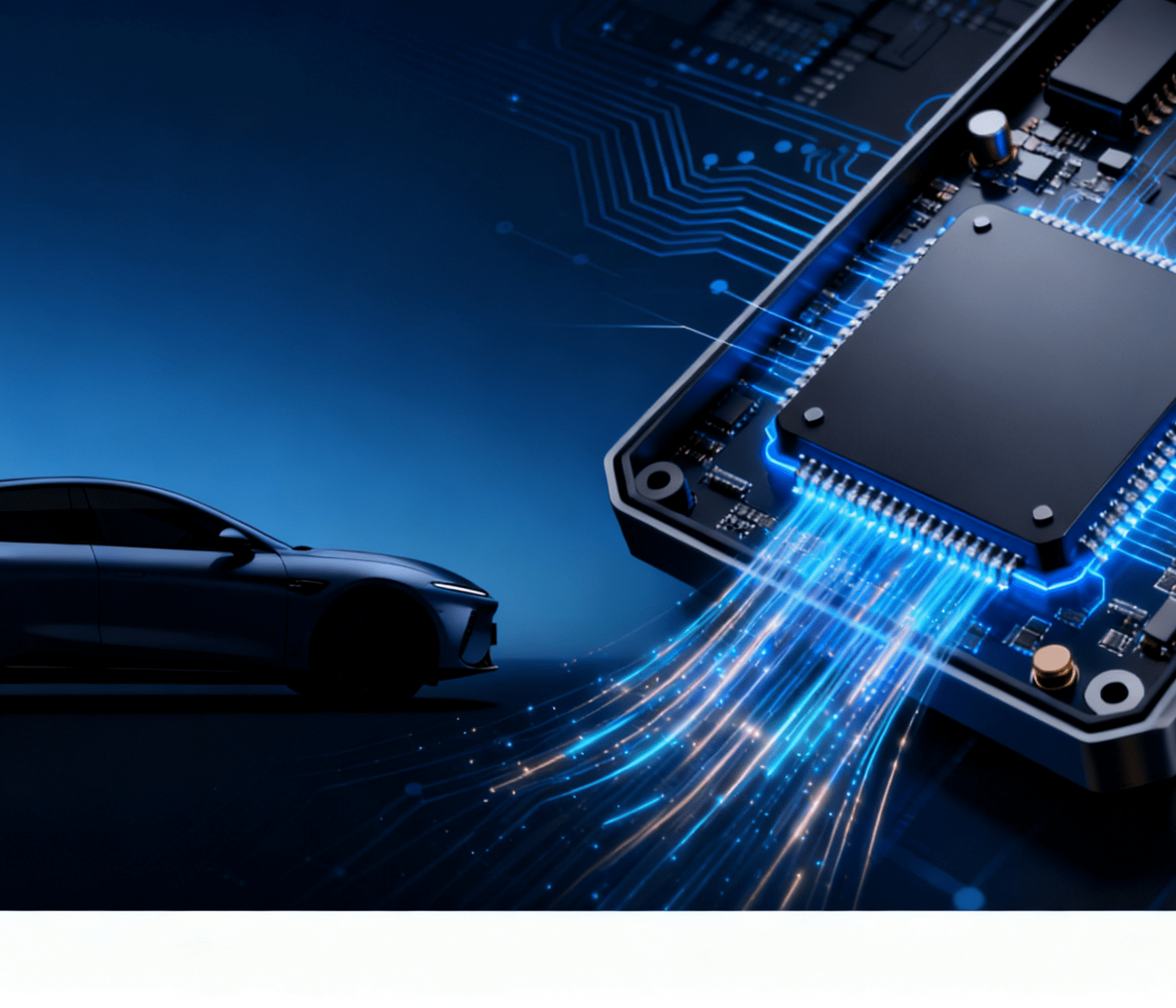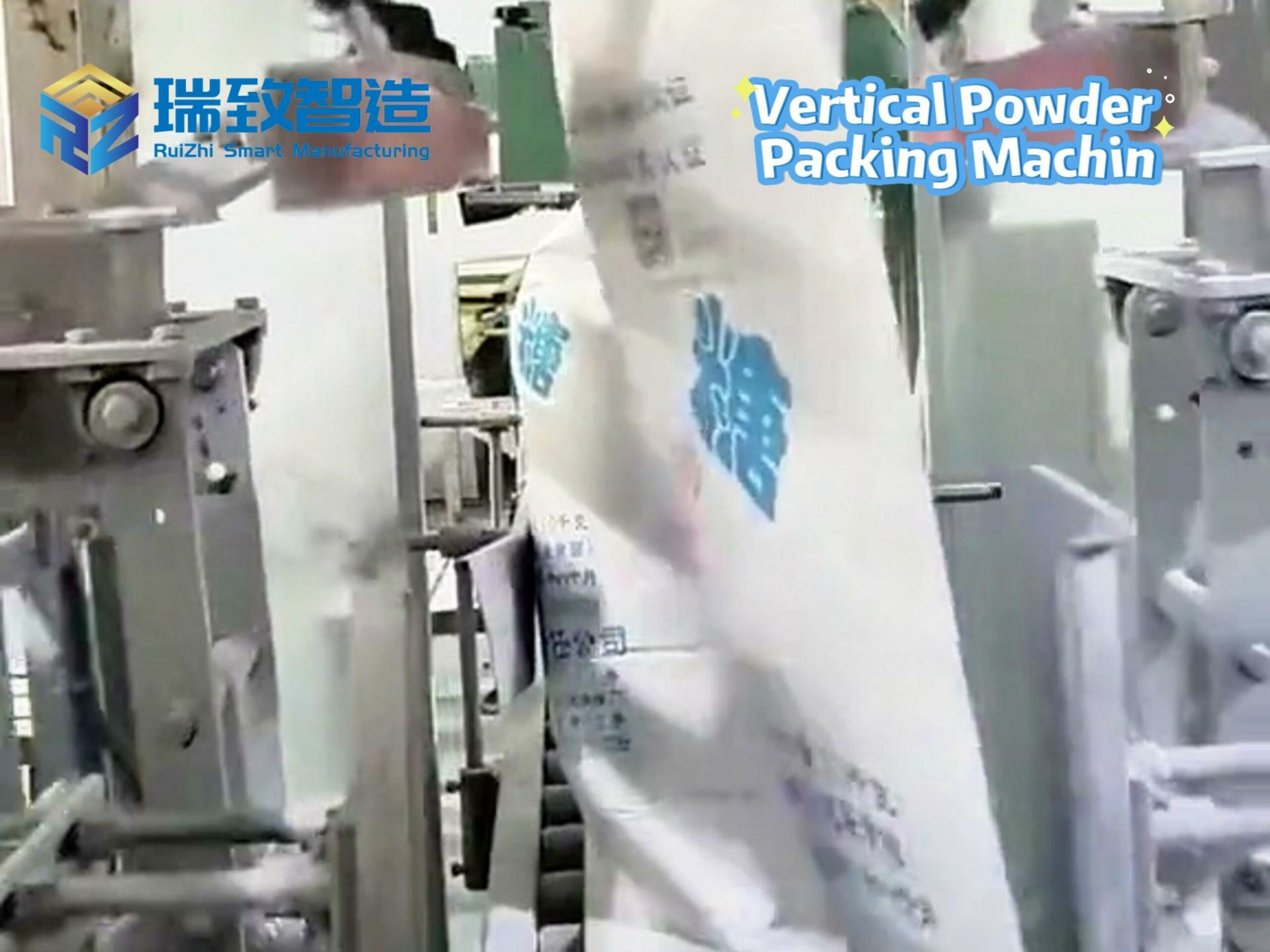Table of Contents
ToggleThe EU’s AI Law Dilemma: Balancing Regulation with Intelligent Automation Ambitions

Brussels is grappling with a pivotal challenge: how to regulate artificial intelligence without stifling the growth of intelligent automation. Just a year after the EU AI Act was hailed as a global standard, the bloc now faces pressure to revisit its rules—driven by industry lobbying and a shift toward prioritizing competitiveness. Unlike industrial automation, which thrives on standardized processes and tangible automation equipment, intelligent automation’s rapid evolution has exposed regulatory gaps, forcing the EU to choose between safeguarding against risks and fostering an environment where AI can drive industrial innovation.
When the EU AI Act was finalized in 2024, it aimed to set benchmarks for AI safety—from banning high-risk uses to mandating transparency. But today, a new political wind is blowing. Fueled by U.S. pressure and industry calls for “regulatory simplification,” the Commission is now considering pausing parts of the law’s implementation, the most significant rethink since its passage.
The Regulatory Tug-of-War Over Intelligent Automation
Industry leaders argue that the law’s phased implementation—with full rules for high-risk AI not kicking in until 2026—still isn’t enough. “Companies need clear guidelines to integrate intelligent automation into their operations,” says Tomasz Snażyk, CEO of Poland’s AI Chamber. The holdup? Key guidelines on AI transparency and human oversight—critical for sectors like healthcare and manufacturing, where intelligent automation must work alongside existing industrial automation systems—remain unfinished.
This indecision creates a paradox: While 13% of EU companies currently use AI effectively, relaxing regulations could flood the market with untested systems. “It’s like deploying automation equipment without safety checks,” warns Dutch lawmaker Kim van Sparrentak. “We need enforcement, not delays, to build trust in intelligent automation.”
Cross-Atlantic Clashes and Industrial Stakes
The U.S. stance adds fuel to the fire. In April, the Trump administration explicitly called for an EU AI Act pause, aligning with Big Tech lobbyists who argue strict rules will stunt Europe’s AI growth. This pressure coincides with the EU’s broader “digital simplification” drive, which aims to revamp AI, cybersecurity, and data rules by December.
Kilian Gross of the Commission’s AI Office hints at “targeted changes,” but campaigners like EDRi’s Blue Duangdjai Tiyavorabun are alarmed. “Dismantling protections now would undermine Europe’s role in shaping responsible intelligent automation,” she says. The risk? Losing the “Brussels effect”—the idea that EU rules set global standards—a blow to the bloc’s ambition of leading in AI-driven industrial automation.
The Road Ahead: Pragmatism vs. Principle
Tuesday’s parliamentary grilling of EU tech chief Henna Virkkunen will center on one question: Does the Commission prioritize safety or speed? Irish lawmaker Michael McNamara warns against “throwing out the baby with the bathwater.” Instead, he calls for targeted fixes: “Clarify which parts need postponement and for how long—businesses need certainty to invest in intelligent automation.”
Van Sparrentak takes a harder line: “Listening to Trump’s calls to ‘stop the clock’ is unwise. Europe must stand by rules that ensure AI systems—whether in factories or hospitals—are safe.” She points to industrial automation’s history: “Decades ago, we didn’t scrap safety rules for new machinery; we adapted them. The same must happen with intelligent automation.”
Conclusion: Charting a Course for Intelligent Automation in Europe
The EU’s AI law conundrum underscores a fundamental tension: In the age of intelligent automation, regulatory agility is as crucial as safety. If the bloc succeeds in refining its rules to support rather than restrict AI, it could position itself as a leader in responsible intelligent automation—much like its historical role in shaping industrial automation standards.
But the stakes are high. Failing to balance regulation and innovation risks not only undermining the “Brussels effect” but also ceding ground in the global race for AI dominance. The path forward lies in treating intelligent automation as a dynamic ecosystem, not a static technology—crafting rules that evolve with the sector, much like how industrial automation regulations adapted to new machinery over decades. For Europe, the choice is clear: Embrace intelligent automation with smart regulations, or risk being left behind in the era of AI-driven industrial transformation. The next few months will determine if the EU can turn its AI law dilemma into a blueprint for the responsible growth of intelligent automation—one that protects citizens while powering the industries of tomorrow.




















